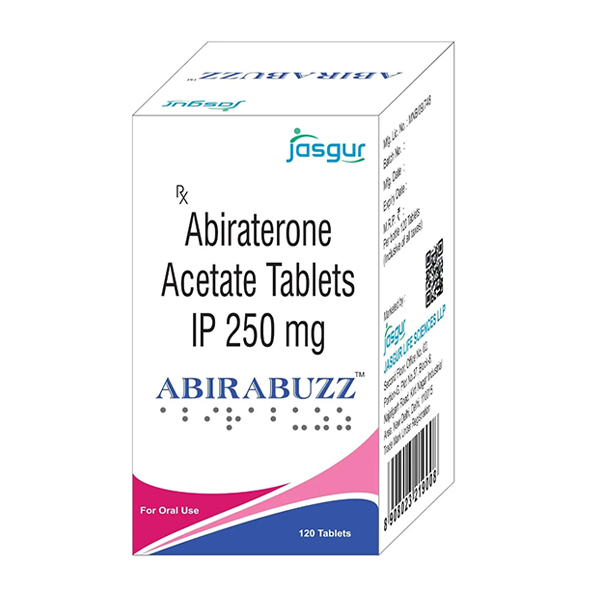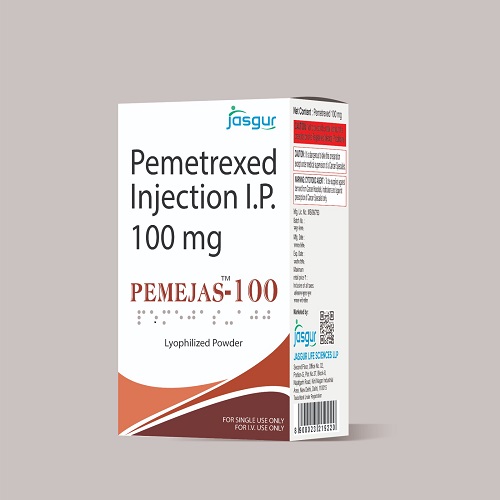Introduction: The Evolving Landscape of Cancer Treatment
Cancer continues to be one of the most formidable health challenges worldwide, affecting millions of lives each year. However, the field of oncology has witnessed remarkable advancements, leading to the development of top anti-cancer treatments that are more effective and less invasive than ever before. From immunotherapy to targeted therapies, these innovations are transforming the way we fight cancer. In this comprehensive guide, we will explore the latest breakthroughs, their benefits, and what the future holds for cancer care. Whether you’re a patient, caregiver, or simply curious, this blog will provide valuable insights into the world of top anti-cancer treatments.
1. What Are the Top Anti-Cancer Treatments in 2023?
The term top anti-cancer treatments encompasses a wide range of therapies designed to target and eliminate cancer cells. These include chemotherapy, immunotherapy, targeted therapy, hormone therapy, and emerging treatments like CAR-T cell therapy. Each treatment works differently, depending on the type and stage of cancer. For example, chemotherapy uses powerful drugs to kill rapidly dividing cells, while immunotherapy boosts the body’s immune system to fight cancer. Understanding these options is crucial for making informed decisions about treatment.
2. Immunotherapy: Revolutionizing Cancer Care
Immunotherapy has emerged as one of the top anti-cancer treatments, offering hope to patients with previously untreatable cancers. This approach harnesses the body’s immune system to recognize and destroy cancer cells. Checkpoint inhibitors like Keytruda and Opdivo have shown remarkable success in treating melanoma, lung cancer, and more. Unlike traditional treatments, immunotherapy often has fewer side effects and can provide long-lasting remission. As research progresses, this groundbreaking therapy continues to set new standards in cancer care.
3. Targeted Therapy: Precision Medicine at Its Best
Targeted therapy is another standout among the top anti-cancer treatments. This approach focuses on specific molecules involved in cancer growth and progression. For instance, Herceptin targets HER2-positive breast cancer, while Gleevec is effective against chronic myeloid leukemia. By attacking cancer at its genetic roots, targeted therapies offer personalized treatment options with higher success rates and fewer side effects. This precision medicine approach is revolutionizing how oncologists treat various cancers.
4. Chemotherapy: A Time-Tested Treatment
Despite the rise of newer therapies, chemotherapy remains one of the top anti-cancer treatments for many patients. It works by killing rapidly dividing cells, including cancer cells. While it can cause side effects, advancements in drug formulations and supportive care have made chemotherapy more tolerable. Drugs like Paclitaxel and Cisplatin are widely used for cancers such as ovarian, lung, and breast cancer. Chemotherapy is often combined with other treatments to enhance its effectiveness.
5. Hormone Therapy: Effective for Hormone-Sensitive Cancers
Hormone therapy is among the top anti-cancer treatments for cancers driven by hormones, such as breast and prostate cancer. Treatments like Tamoxifen and Letrozole block hormone production or action, slowing cancer growth. These therapies are particularly effective in early-stage cancers and are often used alongside other treatments. With ongoing research, hormone therapy continues to evolve, offering better outcomes for patients.
6. CAR-T Cell Therapy: A Game-Changer in Cancer Treatment
CAR-T cell therapy is a groundbreaking addition to the list of top anti-cancer treatments. This innovative treatment involves modifying a patient’s T-cells to attack cancer cells. Approved for certain blood cancers, such as lymphoma and leukemia, CAR-T therapy has shown remarkable results in patients who have not responded to other treatments. While still in its early stages, this therapy holds immense promise for the future of cancer care.
7. Natural and Alternative Anti-Cancer Remedies
While conventional treatments dominate cancer care, natural remedies are gaining attention as complementary options. Compounds like curcumin, green tea extract, and medicinal mushrooms are being studied for their potential anti-cancer properties. Although they are not replacements for the top anti-cancer treatments, they may support overall health and enhance the effectiveness of standard therapies. Always consult a healthcare provider before trying alternative remedies.
8. The Importance of Early Detection and Treatment
Early detection plays a critical role in the success of the top anti-cancer treatments. Regular screenings, such as mammograms and colonoscopies, can identify cancer at its earliest stages when treatment is most effective. Combining early detection with advanced treatments significantly improves survival rates. Public awareness and access to screening programs are essential in the global fight against cancer.
9. Side Effects of Anti-Cancer Treatments: What to Expect
While the top anti-cancer treatments are highly effective, they often come with side effects. These can range from fatigue and nausea to more severe complications like organ damage. However, advancements in supportive care, such as anti-nausea medications and growth factor injections, have made it easier for patients to manage these side effects. Understanding what to expect can help patients and caregivers prepare for the treatment journey.
10. The Future of Anti-Cancer Treatments: What’s Next?
The future of the top anti-cancer treatments looks promising, with ongoing research into gene editing, nanotechnology, and personalized medicine. Scientists are exploring ways to make treatments more precise, effective, and accessible. As we move forward, the integration of artificial intelligence and big data is expected to accelerate drug discovery and improve patient outcomes. The fight against cancer is far from over, but the future is bright.
11. Personalized Medicine: Tailoring Treatments to Individual Needs
Personalized medicine is becoming a cornerstone of the top anti-cancer treatments. By analyzing a patient’s genetic makeup, doctors can tailor treatments to target specific mutations driving cancer growth. This approach not only improves effectiveness but also reduces unnecessary side effects. As genetic testing becomes more accessible, personalized medicine is set to revolutionize cancer care.
12. The Role of Nutrition in Cancer Treatment
Nutrition plays a vital role in supporting patients undergoing the top anti-cancer treatments. A balanced diet rich in fruits, vegetables, and lean proteins can help strengthen the immune system and improve overall well-being. Certain foods, like berries and cruciferous vegetables, are known for their anti-cancer properties. Working with a nutritionist can help patients optimize their diet during treatment.
13. Advances in Radiation Therapy
Radiation therapy remains one of the top anti-cancer treatments, with recent advancements making it more precise and effective. Techniques like proton therapy and stereotactic radiosurgery minimize damage to healthy tissues while targeting cancer cells. These innovations are improving outcomes for patients with brain, prostate, and other cancers.
14. The Impact of Clinical Trials on Cancer Treatment
Clinical trials are essential for developing the top anti-cancer treatments. These studies test new therapies and combinations, offering hope to patients who have exhausted standard options. Participating in a clinical trial can provide access to cutting-edge treatments and contribute to the advancement of cancer care.
15. Mental Health and Cancer Treatment
Mental health is a critical aspect of cancer care that is often overlooked. The emotional toll of diagnosis and treatment can be overwhelming, making support systems and counseling essential. Integrating mental health care into cancer treatment plans can improve quality of life and treatment outcomes.
16. The Role of Technology in Cancer Care
Technology is playing an increasingly important role in the top anti-cancer treatments. From AI-driven diagnostics to robotic surgery, these innovations are making cancer care more precise and accessible. Telemedicine is also expanding access to specialists, particularly for patients in remote areas.
17. The Global Fight Against Cancer
Cancer is a global challenge that requires a coordinated response. International collaborations and funding are essential for advancing research and making the top anti-cancer treatments accessible to all. Organizations like the World Health Organization (WHO) are working to reduce cancer disparities and improve outcomes worldwide.
18. Survivorship: Life After Cancer Treatment
Survivorship is an important phase in the cancer journey. With the top anti-cancer treatments, more patients are surviving and thriving after cancer. However, long-term follow-up care is essential to monitor for recurrence and manage late effects of treatment. Support groups and survivorship programs can help patients navigate this new chapter.
19. The Cost of Cancer Treatment
The cost of the top anti-cancer treatments can be a significant burden for patients and families. Insurance coverage, financial assistance programs, and advocacy organizations can help alleviate this burden. It’s important for patients to explore all available resources to access the care they need.
20. Conclusion: Hope and Healing with Top Anti-Cancer Treatments
The development of the top anti-cancer treatments has transformed the landscape of cancer care, offering hope to millions of patients worldwide. From immunotherapy to targeted therapy, these advancements are saving lives and improving quality of life. As research continues, we can expect even more innovative treatments to emerge. Staying informed and proactive is key to navigating the complexities of cancer care. Together, we can move closer to a world where cancer is no longer a life-threatening disease.








Leave a Reply